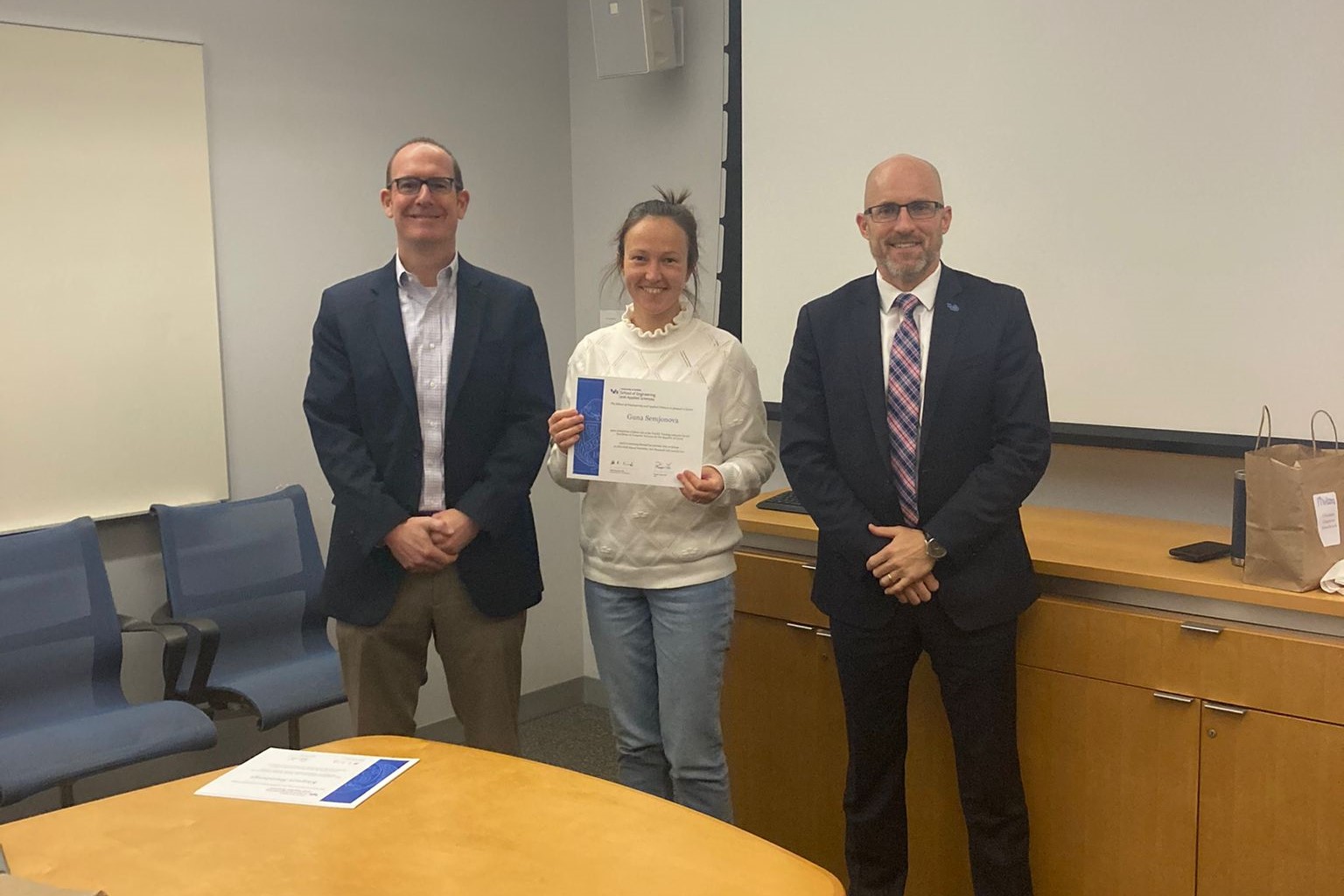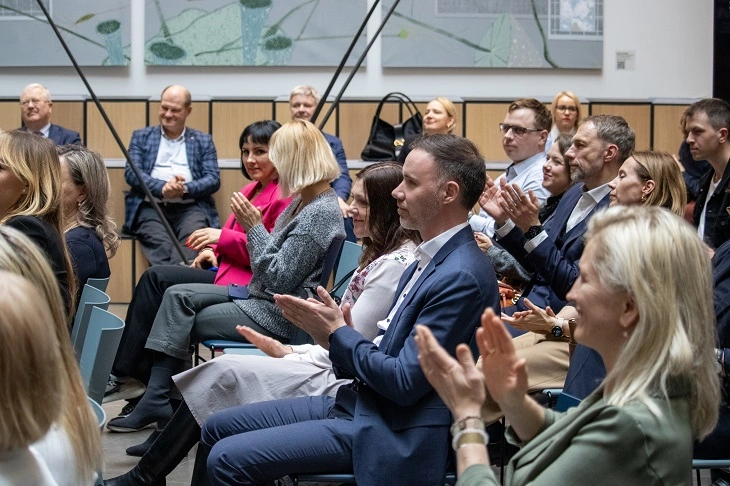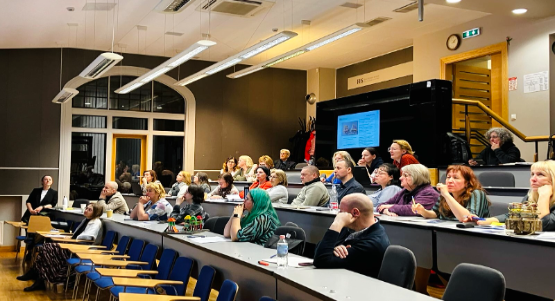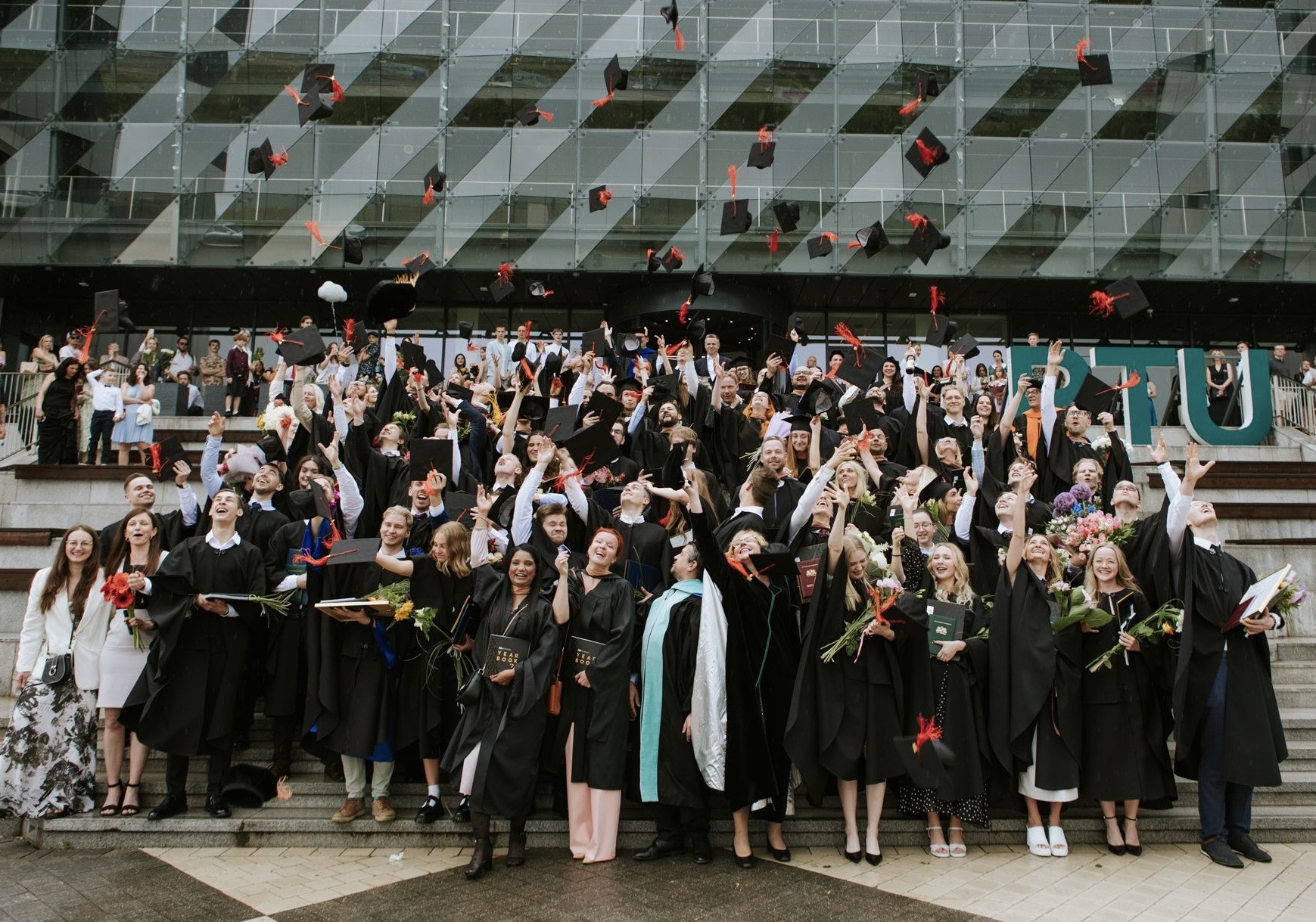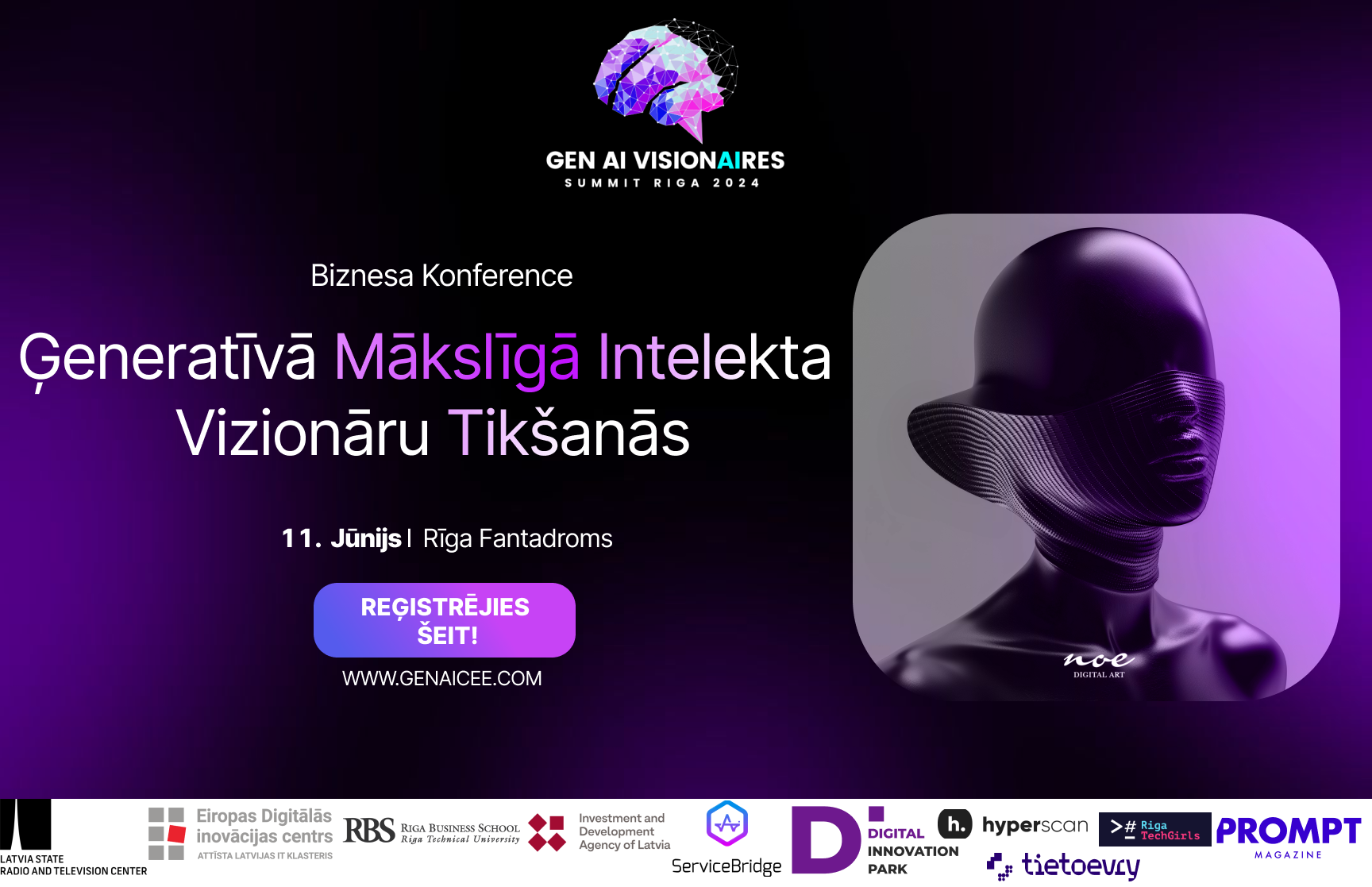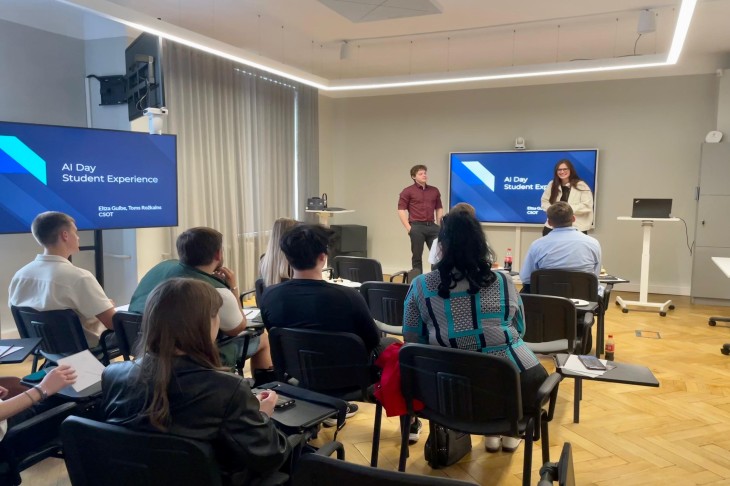Guna Semjonova is a lecturer and researcher at the Department of Rehabilitation at Riga Stradins University. She teaches a course in biomechanics for undergraduates and is working on creating a new course called Smart Technologies in Rehabilitation. She supervises both undergraduate and master’s theses related to smart technologies in rehabilitation. Guna has a Ph.D. in Medical and Health Sciences from Riga Stradins University and her research interests include rehabilitation in traumatology and orthopedics, smart technologies in clinical practice, and interdisciplinary cooperation. She has also worked on research projects involving smart textiles for medicine and sports.
After spending a semester at the University of Buffalo, Guna reflects on her experiences and says that it was a positive life experience for her. One of the main things she learned was the importance of diversity and inclusion. The Equity and Inclusion course highlighted this, and Guna believes that diversity is a benefit to both the university and society as a whole.
Guna also learned that the passion of a teacher is key to inspiring students and sparking interest in a subject. She was impressed with the passion and structure of the teacher of the Foundations of Engineering Education course, who also happens to be a researcher in the field. Guna believes that the teacher’s research results were an excellent learning material for students like her.
Guna is now applying the knowledge she gained from the Computer Science course and Foundations of Engineering Education to create a new course called Smart Technologies in Rehabilitation. She believes that having a deeper understanding of data algorithms, databases, ethics, and security is important in order to improve the use of digital technology in healthcare. This will allow for better evaluation of the use of digital technology in the field and lead to the development of solutions that make it more user-friendly in daily patient care.
Overall, Guna thinks that these kinds of projects enhance the value and standard of higher education. They allow teachers to understand their students’ perspectives and evaluate their teaching methods. This helps them to make improvements or, on the contrary, find confidence that their current approach is already effective in sparking students’ interest and facilitating their learning, because not every new method is necessarily better.
